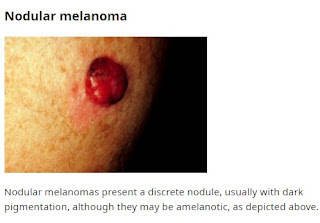The Mediterranean Diet: A Healthy Eating Pattern for Life

The Mediterranean diet is a healthy eating pattern that has been associated with a number of health benefits, including a reduced risk of heart disease, stroke, type 2 diabetes, and some types of cancer. It is also a good way to maintain a healthy weight and improve overall health and well-being. The Mediterranean diet is based on the traditional eating patterns of people living in countries around the Mediterranean Sea. It is rich in fruits, vegetables, whole grains, beans, nuts, and seeds, and it includes moderate amounts of fish, poultry, and dairy products. It limits red meat and processed foods. The key features of the Mediterranean diet: Abundant fruits and vegetables: The Mediterranean diet emphasizes eating plenty of fruits and vegetables, which are low in calories and high in nutrients. Fruits and vegetables provide vitamins, minerals, fiber, and antioxidants that are important for good health. Whole grains: The Mediterranean diet includes whole grains, such as whole-...


.jpeg)


